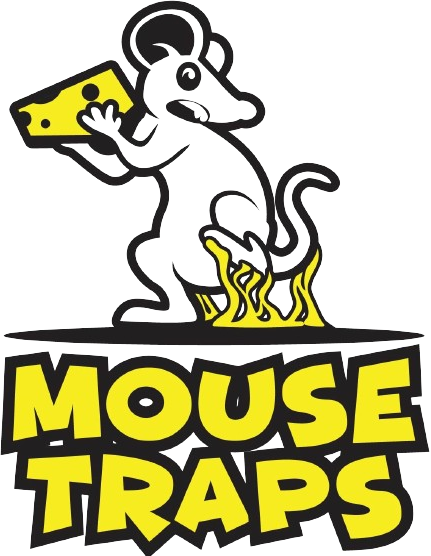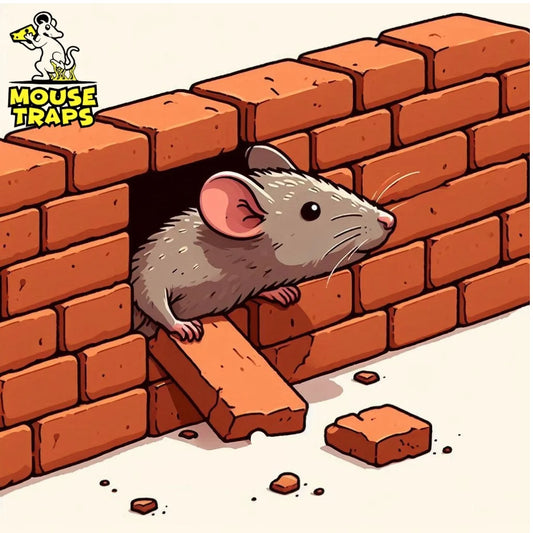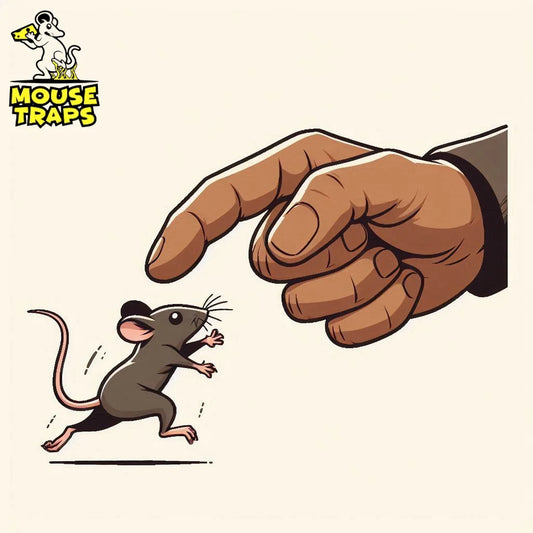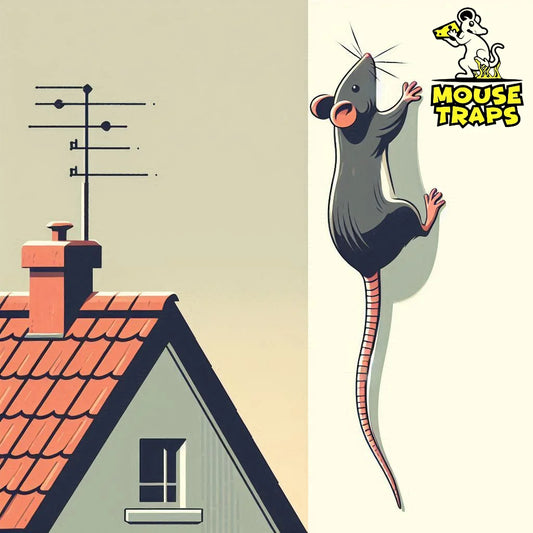Introduction:
Mice infestations in HVAC ducts are not only a nuisance but also a health hazard. As a resident of the UK, dealing with this issue effectively is paramount to maintaining a safe and comfortable living environment. In this manual we will explore the realm of mouse traps and their efficient utilization to deter mice from making homes, in your HVAC system.

Why Mouse Traps?
Lets first talk about why mouse traps are so important when dealing with mice infestations, in HVAC systems. Mice can cause a lot of damage in your ducts like ruining insulation and wires which could even start a fire. Also their droppings and urine can make the air in your home dirty causing breathing problems and allergies.

Understanding the Enemy:
Dealing with mouse problems requires a grasp of the habits and tendencies of these critters. Mice are highly adaptable creatures with a keen sense of smell and an ability to squeeze through tiny openings. At night they naturally prefer to be active and often choose cozy spaces, for their nests, which makes HVAC ducts a place to hide.

The Importance of Early Intervention:
Early detection and intervention are key to preventing mice from establishing a foothold in your HVAC system. Watch for indications of pests like hearing scratching sounds, in the vents finding droppings or noticing damaged wires. Acting promptly will make it simpler to manage the issue.

Choosing the Right Mouse Traps:
When it comes to selecting mouse traps, you'll find a variety of options on the market. From traditional snap traps to humane catch-and-release traps, each has its pros and cons. When selecting the trap, for your requirements take into account aspects, like efficiency, safety and user friendliness.

Snap Mouse Traps:
Snap traps are one of the oldest method of trapping mice. Snap traps despite their appearance continue to be favored for their cost effectiveness but they pose threat to untargeted animals, pet and even children.
Electronic Mouse Traps:
Electronic traps offer a more high-tech approach to mouse control. These traps administer an shock to mice as soon as they enter ensuring a swift and humane end. Using traps is great, for people who like a hands method of dealing with pests and seek a cleaner solution.
Sticky Glue Pad Mouse Traps:
Glue traps are another effective and promising method for capturing mice. Their benefits are given below;

Importance:
- Non-Toxic Solution: Glue traps do not use harmful chemicals, making them safe for environments where children and pets are present.
- Immediate Detection: These traps offer an indication of catching a mouse making it easier to remove them quickly and keep track of the infestation.
Benefits:
- Ease of Use: Glue traps are simple to set up and do not require any special skills or tools.
- Cost-Effective: They are inexpensive compared to other pest control methods, making them a budget-friendly option.
- Disposable: The entire trap can be disposed of along with the captured mouse, ensuring hygiene and convenience.
- Versatility: Can be placed in various locations within HVAC systems where traditional traps might not fit.
Live Catch Mouse Traps:
Live Catch Mouse Traps are used to catch rats without any harm to them and release them to a far place. These traps are humane. Their benefits are given below;

Importance:
- Humane Control: Live catch traps allow for the humane capture and release of mice, aligning with ethical pest control practices.
- Monitoring Population: These traps help in understanding the extent of the infestation by allowing you to see the number of mice captured over time.
Benefits:
- Safety: They do not pose a risk to children or pets as there are no harmful chemicals or mechanisms.
- Reusability: Live catch traps can be used multiple times, making them a cost-effective and environmentally friendly option.
- Non-Lethal: These traps capture mice without killing them, which can be a preferred method for those who are opposed to lethal control methods.
- Relocation: Allows for the relocation of captured mice far from your home, reducing the chances of re-infestation.
Tips for Using Mouse Traps Effectively:
Now that you've chosen the right mouse traps for your needs, it's time to put them to use. Here are some tips for using mouse traps effectively:
- Placement is Key: Position traps along walls and near entry points where mice are likely to travel. Avoid placing traps in the middle of the room, as mice prefer to stick to the edges for safety.
- Use Bait Strategically: Choose bait that is attractive to mice, such as peanut butter or chocolate. Place a small amount on the trigger mechanism of the trap to lure mice in.
- Check Traps Regularly: Check traps daily and dispose of any captured mice promptly. This will prevent odors and reduce the risk of attracting other pests.
- Seal Entry Points: In addition to trapping mice, it's essential to seal off any entry points to prevent future infestations. Use caulk or steel wool to fill gaps around pipes, vents, and electrical wires.
- Maintain Good Hygiene: Keep your home clean and clutter-free to deter mice from nesting. Store food in airtight containers, and promptly clean up spills and crumbs.

FAQs:
Conclusion:
To stop mice from making nests, in HVAC ducts you need to take action of time and have the tools. By knowing how mice behave selecting traps and using methods you can ensure your home stays secure and free of rodents. Remember to act quickly at the first sign of infestation and take preventative measures to avoid future problems.




